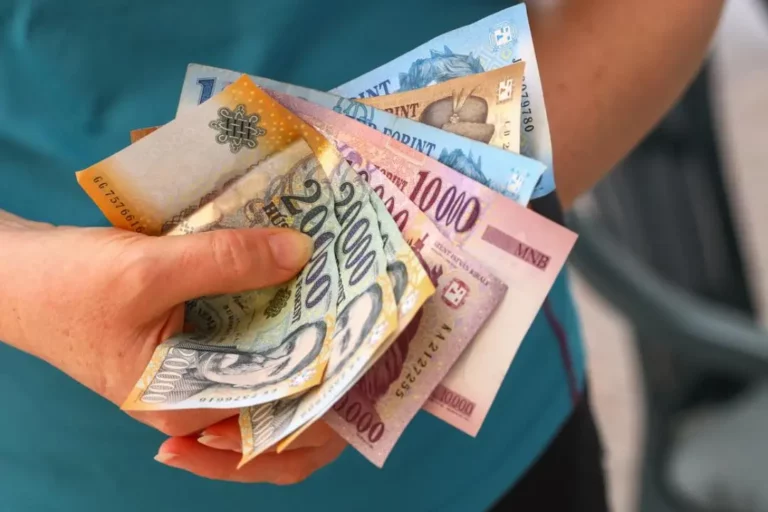euro
Hungary’s minimum wage could realistically reach EUR 1,000 by 2028, says employment secretary

Forint plummets to over 403 against euro, hitting 2-year low

Hungarian national bank’s latest decision strengthens the forint

BREAKING: Euro/forint exchange surpasses 400

Forint in trouble – EUR/HUF is close to 400 again

Hungarian forint plummets, 400 EUR/HUF dangerously close

Among the region’s currencies, the Hungarian forint lost the most value in 20 years

The EU reveals when Hungary could join the eurozone

Vacation: Here is how much an “Austrian euro” is worth in Hungary

Hungarian forint falls sharply as Eurozone political crisis unfolds

Bleak forecast: EUR/HUF exchange rate to remain around 400

No stopping: Hungarian forint at a several-month high

Possible 400 EUR/HUF exchange rate amid Hungarian central bank decisions

Surprising: German companies push for euro in Hungary – will PM Orbán introduce it?

Forint wakes to a good morning, breaks through crucial levels

Hungarian forint at 3-month low: no recovery in sight

Has PM Orbán given up on adopting the euro in Hungary?

When will Hungary introduce the euro and what effect will it possibly have?






